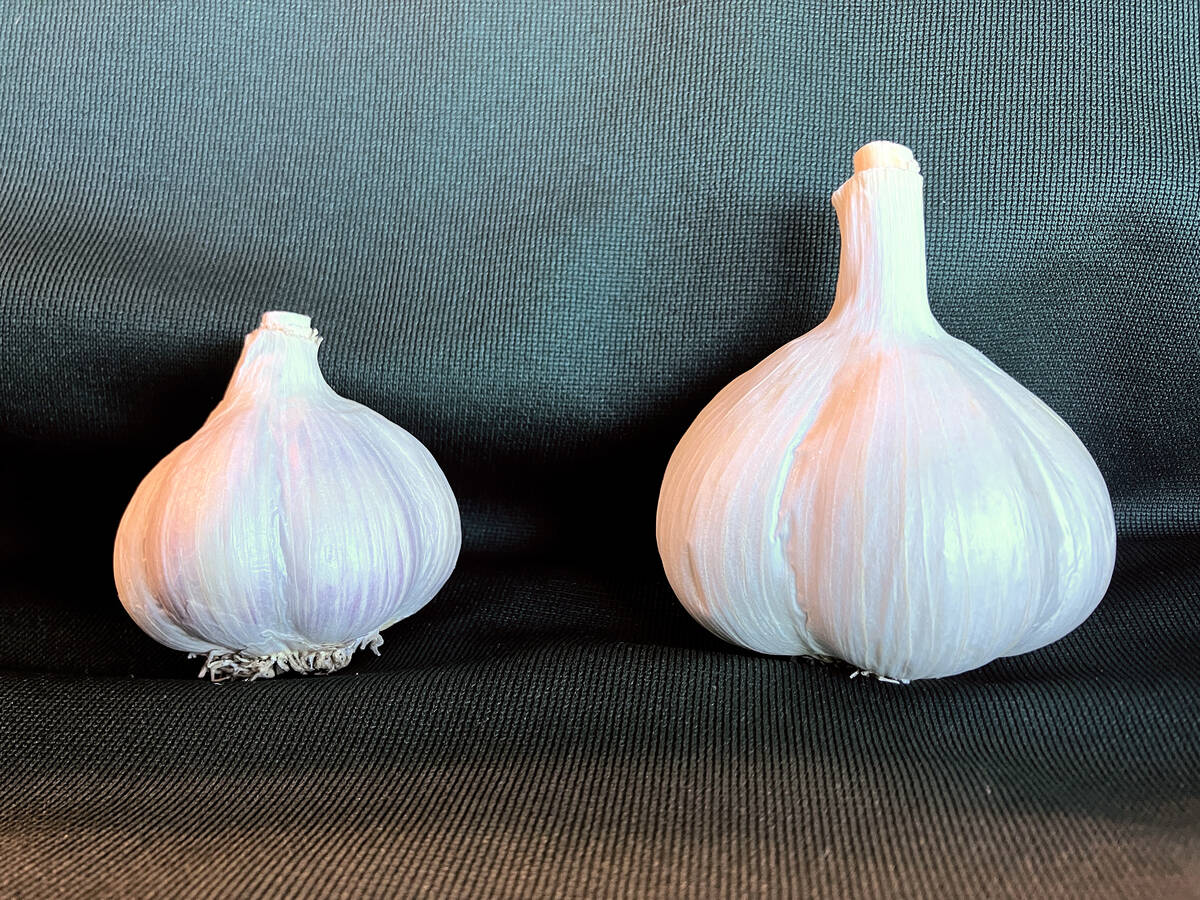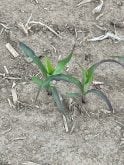Want to save on potassium and phosphorus fertilizer this year? A joint Ontario agriculture department and University of Guelph analysis from 2015 highlights how growers who meet certain soil fertility thresholds can reduce expensive inputs without incurring notable reductions in yield.
Why it matters: Lowering input costs by reducing fertilizer can be done without generating negative yield impacts if there’s an adequate baseline level of fertility. OMAFRA resources and calculators have been revised to account for greater nutrient removal from crops.
The analysis, “Ontario P and K database,” available at Field Crop News, highlights three main conclusions regarding potassium and phosphorus application:
- The economic yield response for corn, soybeans, wheat and alfalfa is generally small where soil phosphorus is above 12 parts per million (ppm) and could be obtained with phosphorus application rates not exceeding 20 kilograms per hectare.
- Banding phosphorus in corn and wheat is a more effective and efficient application method than broadcasting. Band application should be promoted as a more effective method to apply phosphorus for corn and wheat, especially when application rates are relatively small.
- Applying potassium usually did not result in economically significant yield increases in corn or soybeans when the nutrient already measured over 100 ppm. For alfalfa, applying potassium based on how much the previous crop removed is more than sufficient to ensure adequate levels of the nutrient (assuming it is still above 100 ppm).
Jake Munroe, field crops soil management specialist with the ministry, says the latter point is important considering the amount of nutrient being removed by crops is substantially higher than in decades past. Not accounting for this factor will lead to continued reductions in baseline fertility.
Read Also

Clean seed garlic promises bigger bulbs and higher returns for growers
Ontario garlic trials show clean seed outshines conventional yields, with stronger drought resilience, reduced virus risk and greater economic outcomes.
“The level at which the soil [fertility] is going to settle at is going to be lower. We have evidence from long term potassium and phosphorus trials to show that, if you drop levels down quite low, say in the single digits for phosphorus and double digits for potassium, you are limiting your yield potential,” says Munroe.
He says in-season fertility applications in such situations may not be enough to maximize yield.
In another Field Crop News article from March 15, Munroe goes into greater depth about fertilizing for maximum return rather than yield.
“Ontario research has shown that if you are [plus or minus] 25 pounds per acre of the most economic rate of nitrogen, you’ll be within $10 per acre of the maximum net return. You don’t need to hit the mark perfectly.
“When the price of nitrogen versus corn is significantly higher than normal, reducing your usual rates by as much as 30 pounds per acre may be justified. Download Ontario’s Corn N Calculator for a more precise calculation of the most economical rate of nitrogen.
“Knowing soil test values and applying phosphorus and potassium based on the likelihood of crop response will be more important than the price of [either nutrient]. If a soil tests greater than 20 ppm for phosphorus and 120 ppm for potassium, consider delaying nutrient removal application by one season.”
The Ontario P and K database also contains updated information on corn stover, soybean stalk and cereal straw nutrient concentrations. Residue-based nutrient removal can be calculated separately from cereal grain removal.
Though the P & K database has been around for seven years, Munroe says its findings can assist producers in decision-making for this year’s crops in relation to the drastic increase in prices for fertilizer.















